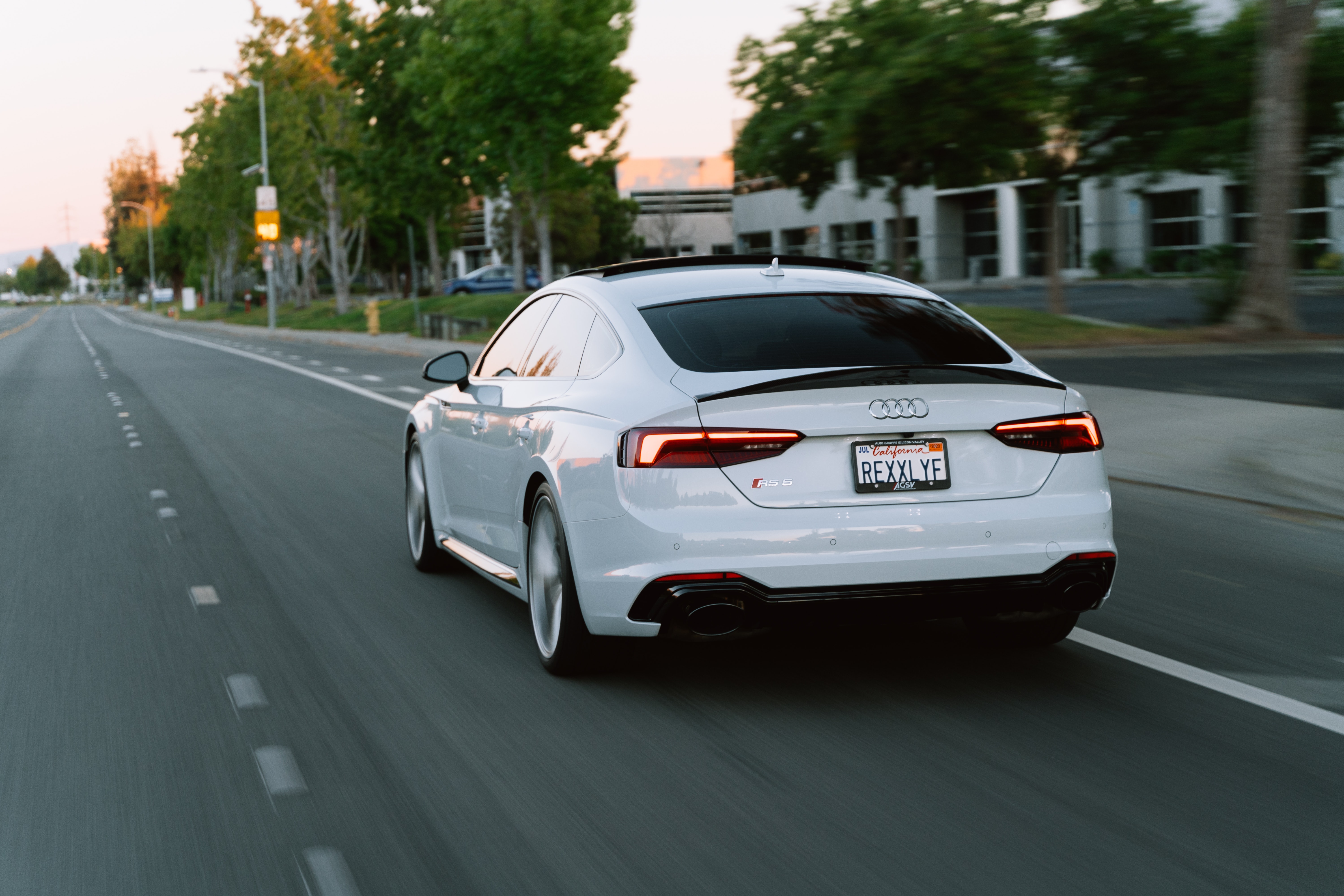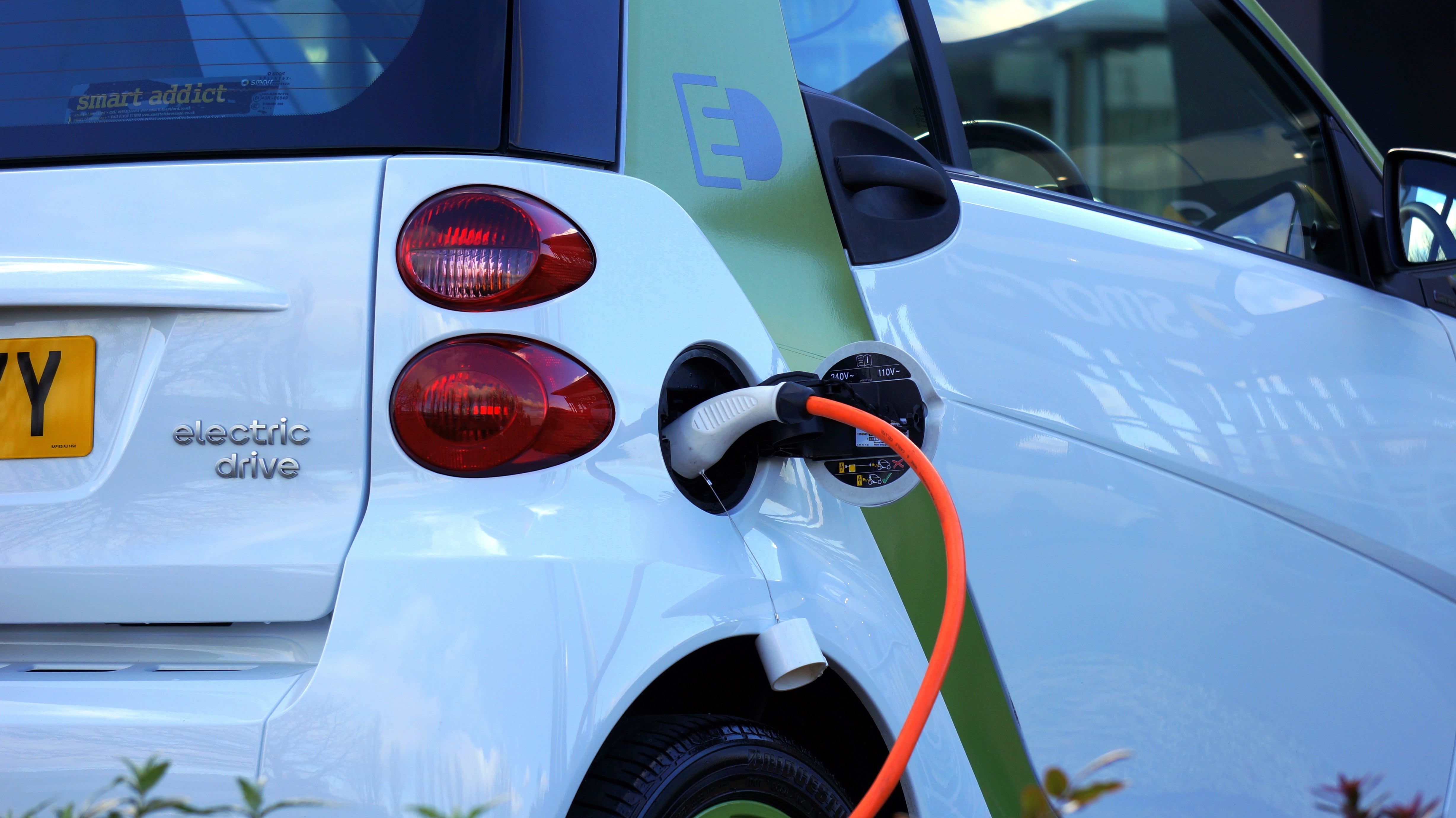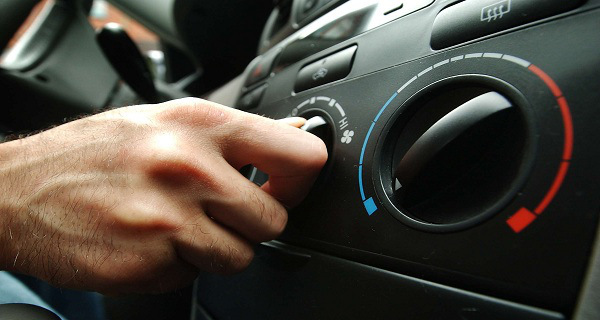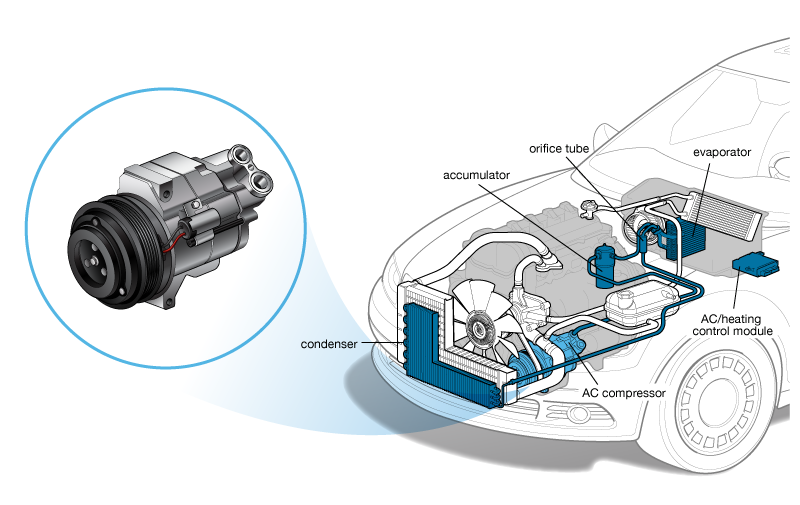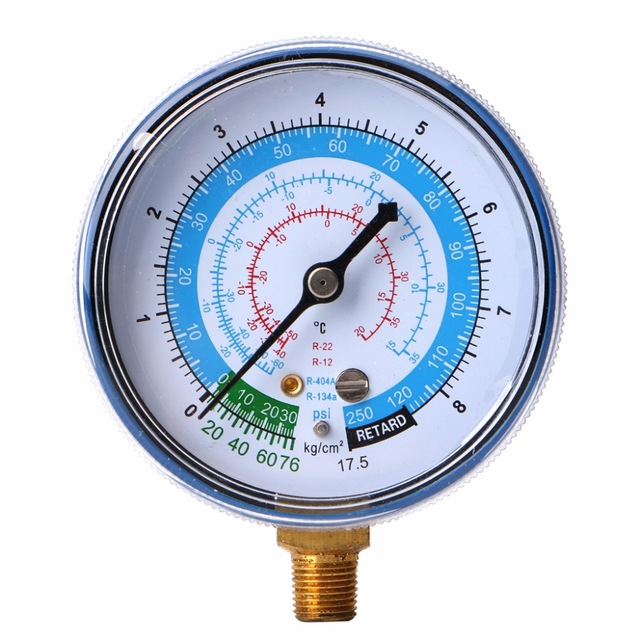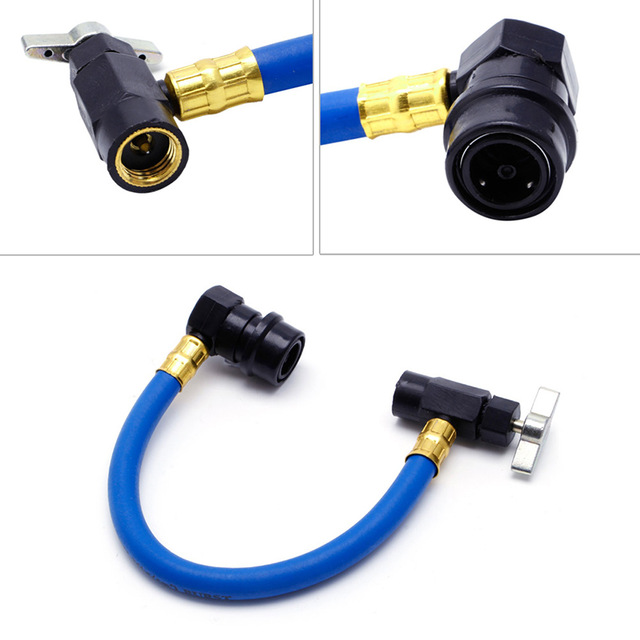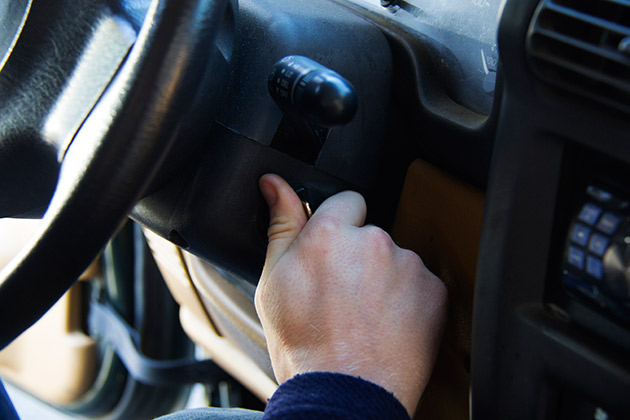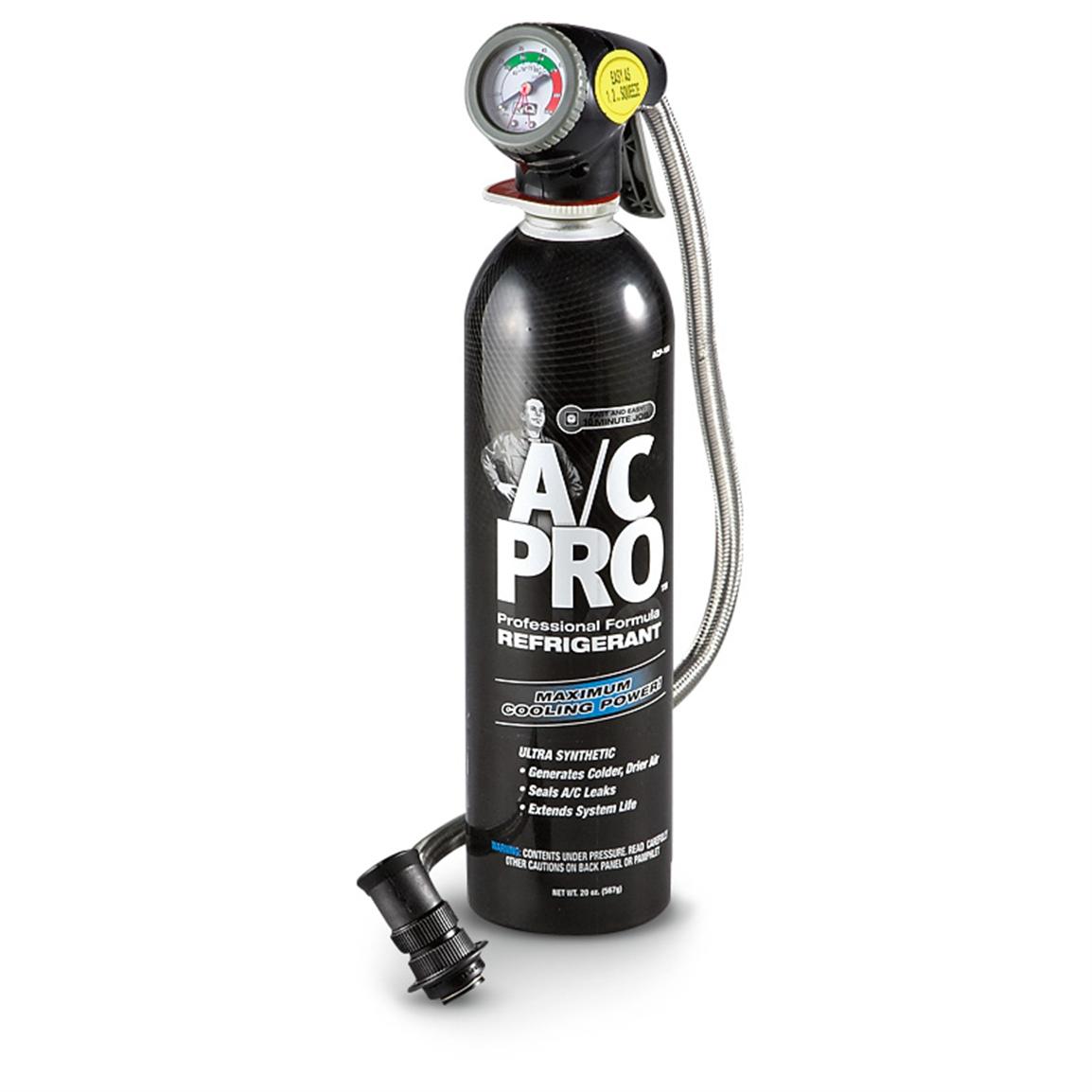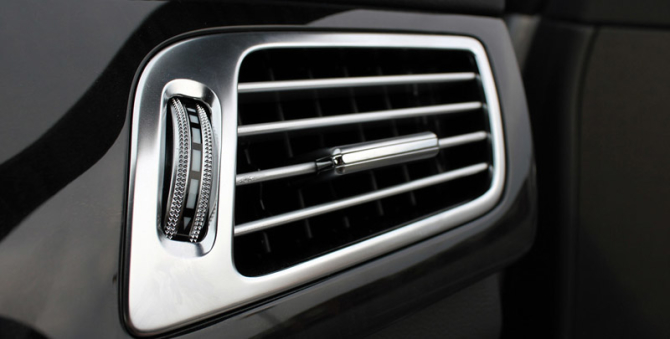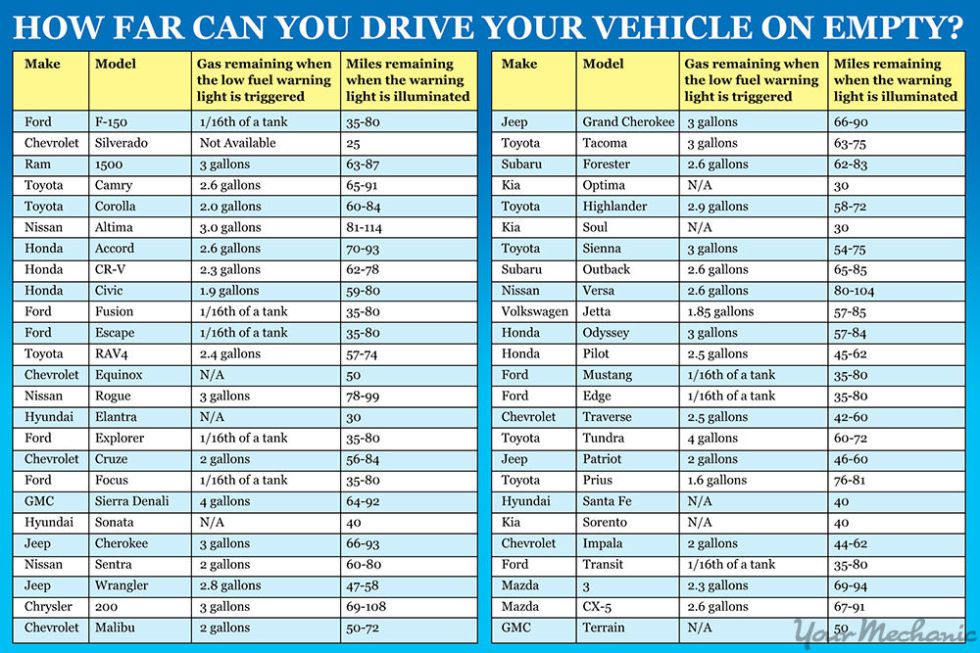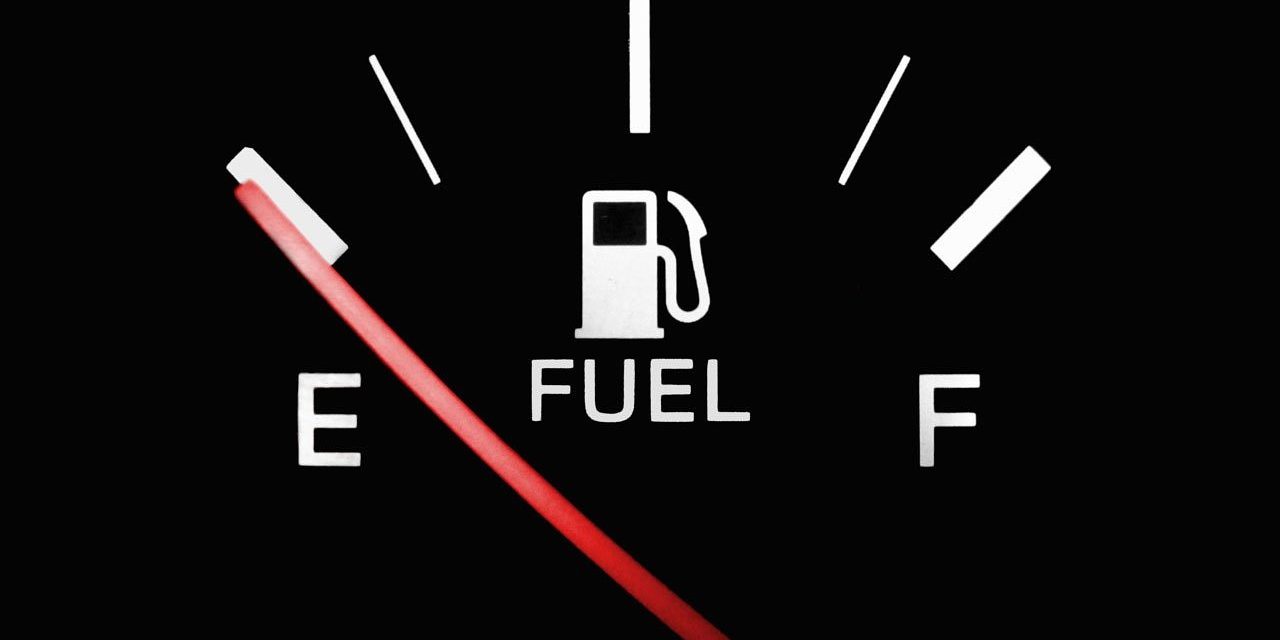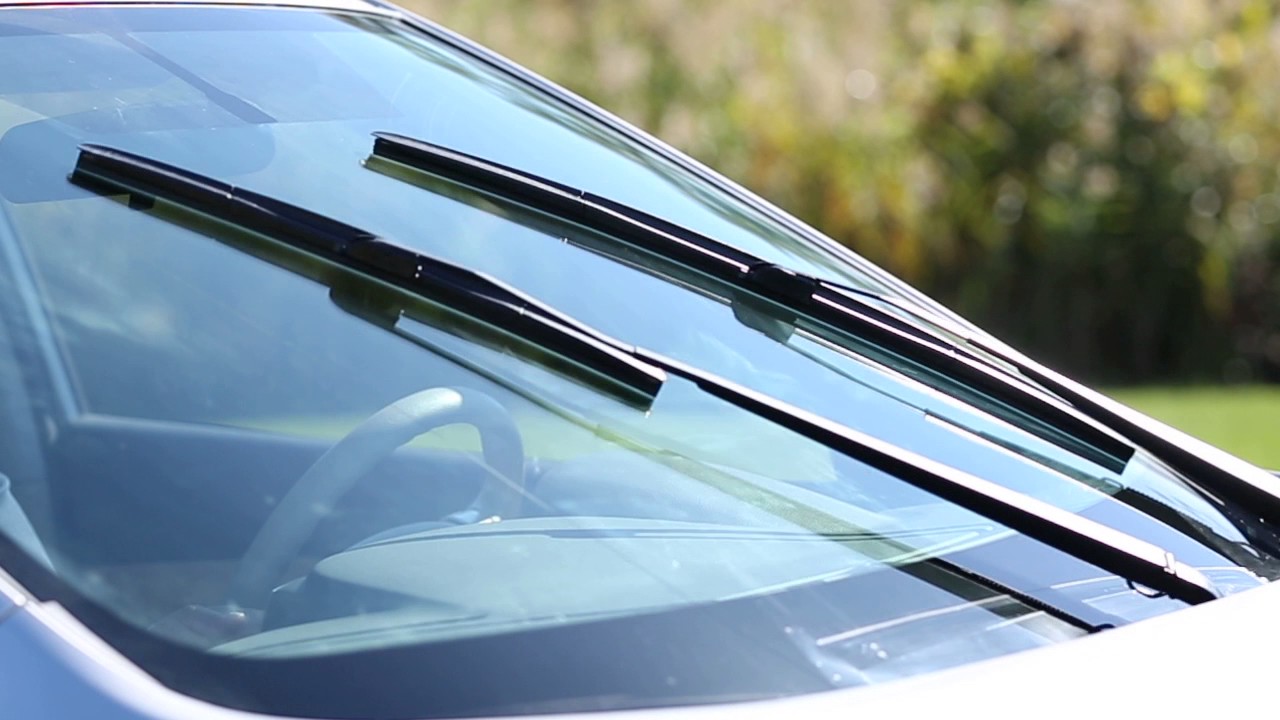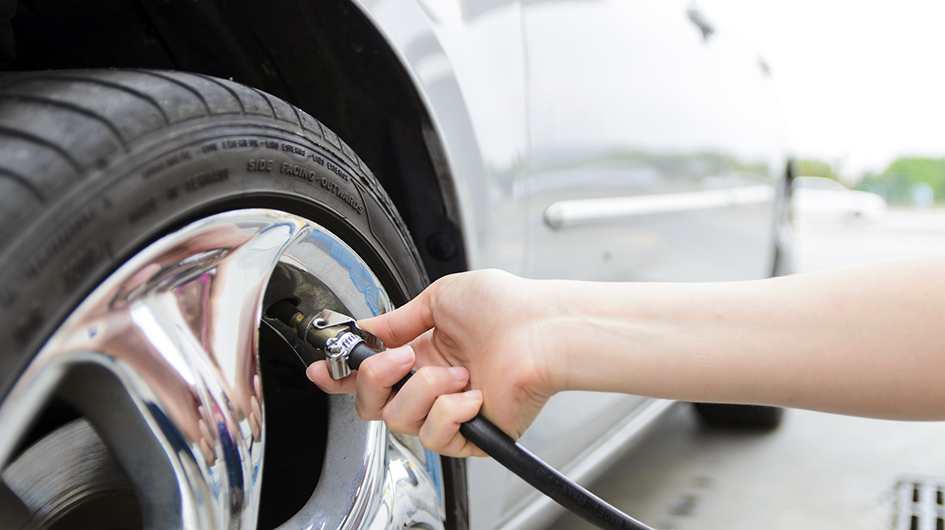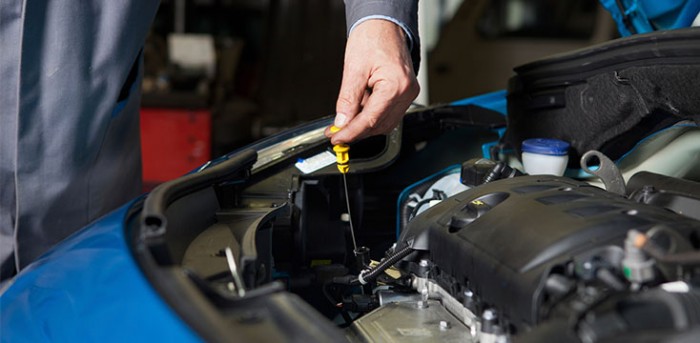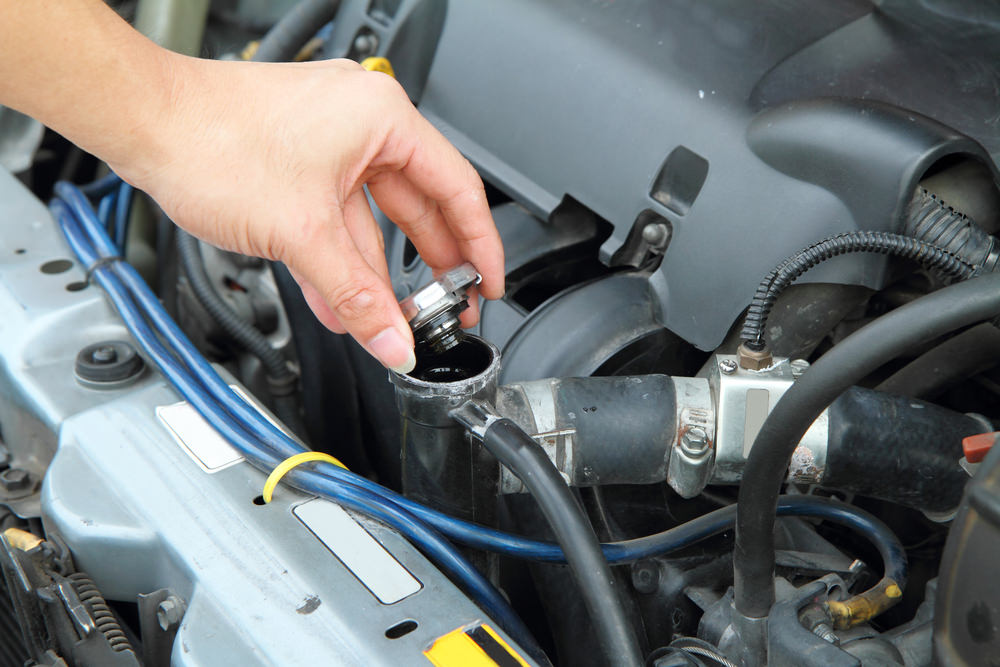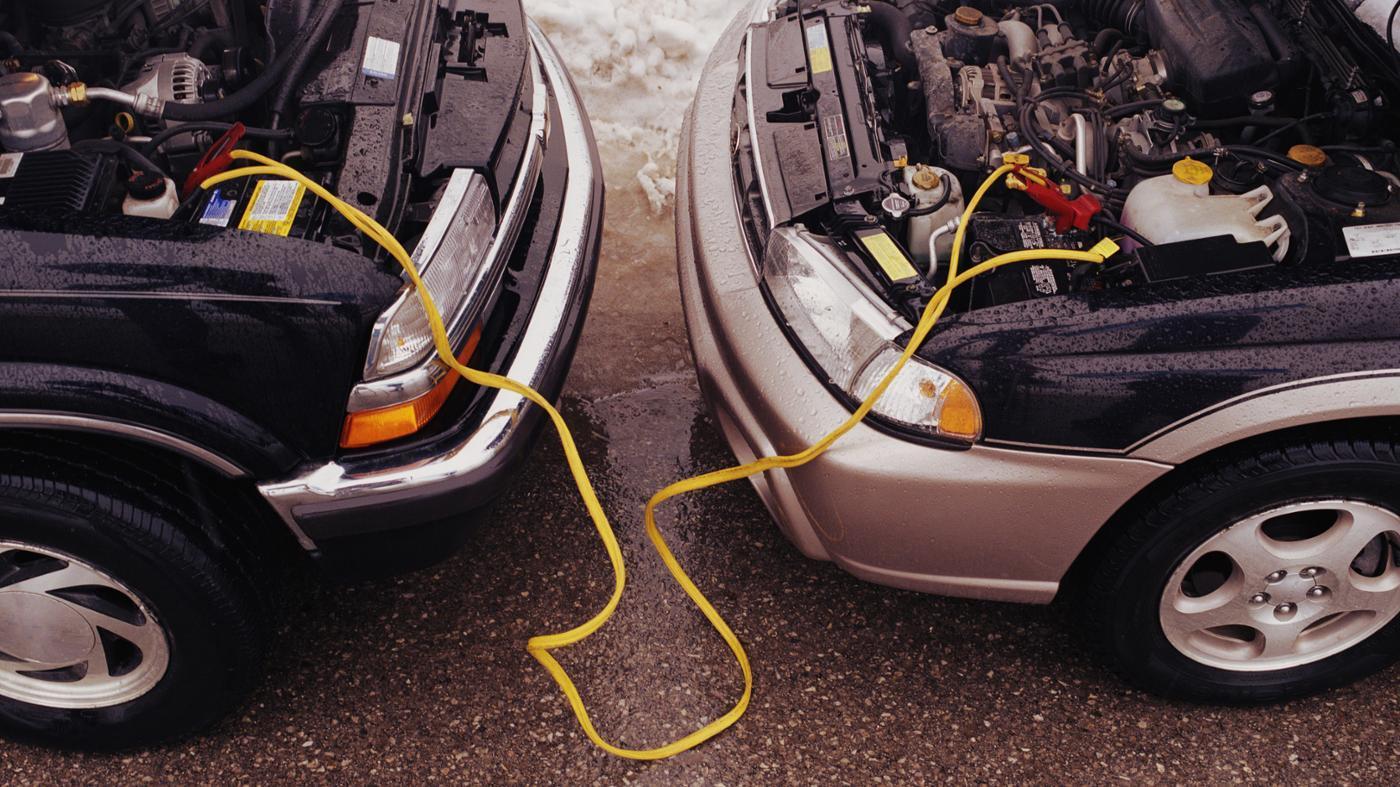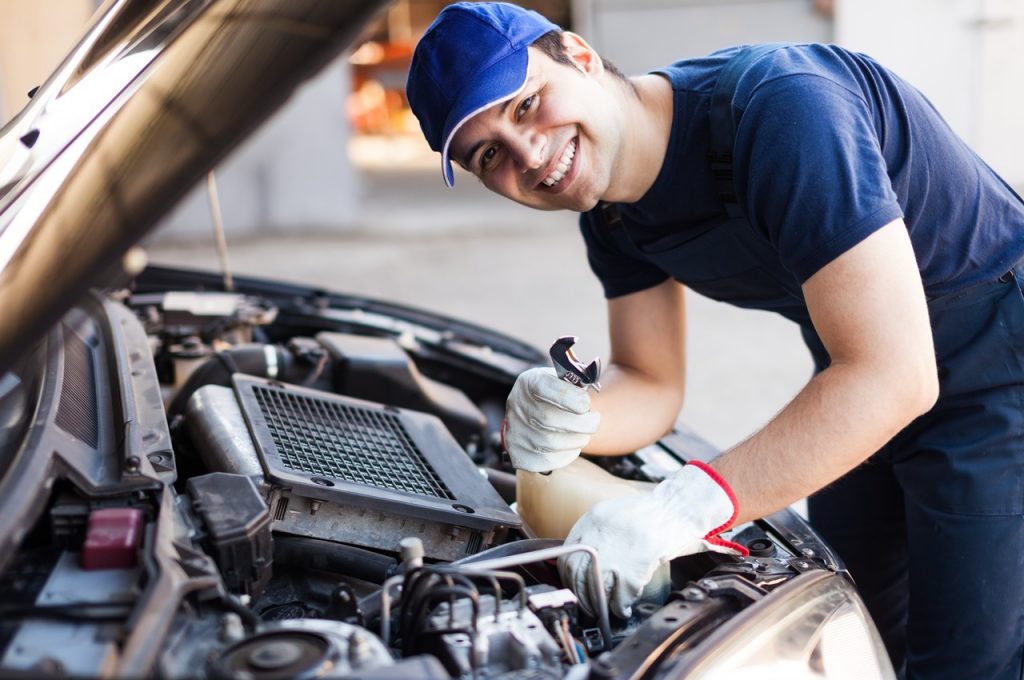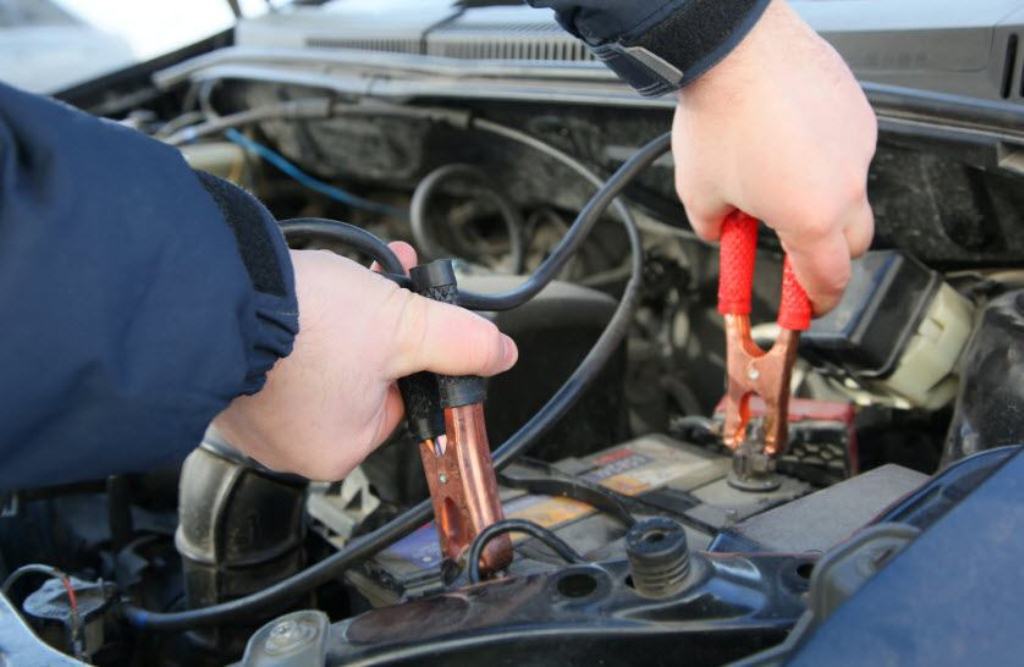A car can become pretty unsightly in the winter, particularly when driving along snowy roads and after traversing any area covered in salt. If you drive in a cold-weather state you’ve likely seen the results: a messy exterior that is in need of a serious cleaning. Some obvious advantages of doing so include:
- Rust Protection
- Keeping Parts from Failing
- A More Attractive Vehicle
But when temperatures hover around or below freezing, folks are not often keen to leave their homes and head out on the road again. You might even be concerned about the effects a car wash can have on a vehicle in extremely cold weather.
Should You Worry About a Car Wash in Freezing Weather?
When temperatures are frigid, should you even consider taking your car through a car wash? It can certainly be tempting to simply embrace that “winter look” until spring. But there are numerous benefits to washing off the salt and grime – sooner rather than later – on a regular basis.
Determining factors can also include:
- The current temperature
- Recent weather
- Salt accumulation
- Heated areas
- Hand-dry services
Here are a few simple rules of thumb to help you sort out the best decision for your vehicle:
Reasons You Should Wash Your Car Regularly in Winter
Keeping your vehicle clean in wintertime will help protect it from rust caused by all that salt on the road, not to mention additional salty debris sprayed at you by other vehicles passing by. Rusty ice and grime can end up corroding the undercarriage and even get into the car if you’re not careful.
A good rule of thumb in wintery regions with more extreme weather is to get a car wash every one or two weeks. Naturally, you can make your own call. If you’re out on the road every day in horrible weather, it might be a good idea to go through a car wash more often. But if there hasn’t been any precipitation lately, another trip to the car wash might be unnecessary.
Just remember that after a very snowy day, those damaging elements will build up underneath your car, even if you don’t notice it happening.
When to Put off a Car Wash in Freezing Weather
Sometimes it’s best to exercise discretion before going to the car wash in the winter. For example, is there a heated area to park your vehicle? When it’s extremely cold outside, things can freeze up quickly. You may not be aware that water has accumulated in the locks or door jams of your vehicle. The last thing anyone needs is difficulty entering or exiting their car due to an effort to clean it on a wintry day.
If the temperatures are heading toward the low 30s or lower and there’s no heated space to wait in your vehicle, consider giving it a pass. And if worse comes to worst, a call to a few car washes near you might help determine which one is the safest. One that uses hand towels to dry off each vehicle can be the best option for drivers this time of year.
And as always, use common sense! If you haven’t been out on the road or it’s been an especially dry winter – with minimal road salt used – then yet another wash may not be worth your time and money.
Protect Yourself with Comprehensive Auto Insurance Coverage from AMIGO
There are other potential upsides to driving a vehicle that shines. It makes you more proud to be the owner, for one, and can eventually help boost the resale value. Another reason to put regular car washes on the calendar is that it can be very tempting to hunker down in the warmth of your home, even if your car desperately needs some attention.
Keep in mind that other protections are also important all year round. For most drivers this includes comprehensive insurance protection that matches their needs, as well as the other drivers who may need to use their vehicle.
Talk to an agent at Amigo Auto Insurance to make sure you’re getting the most appropriate insurance package today.



